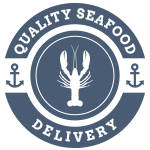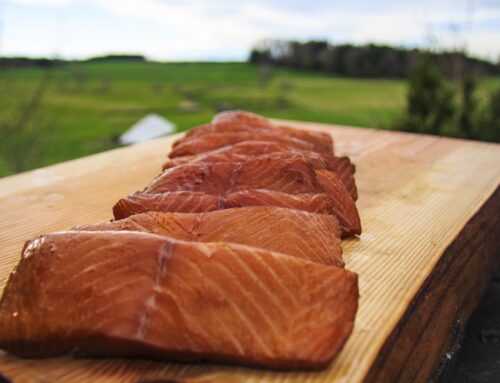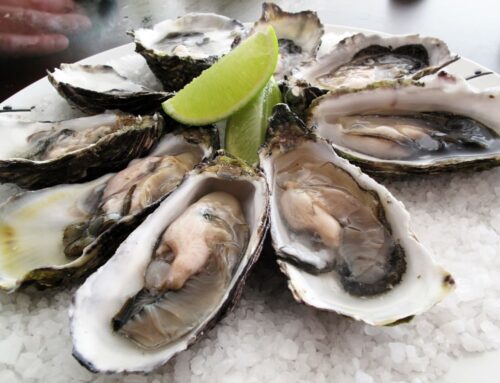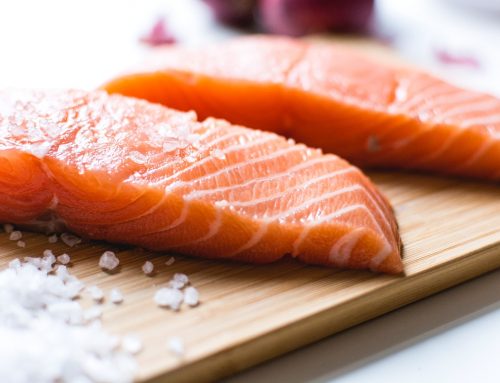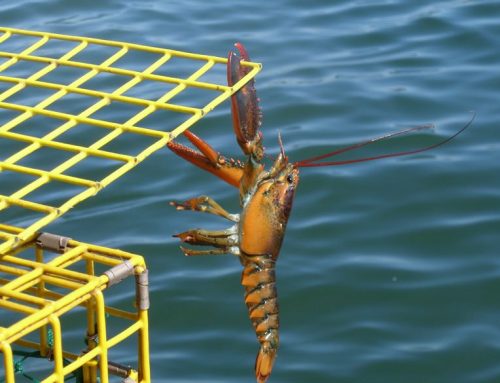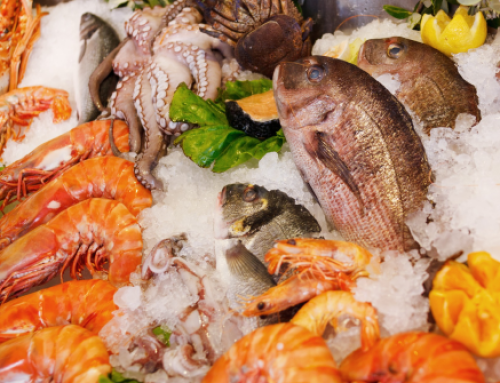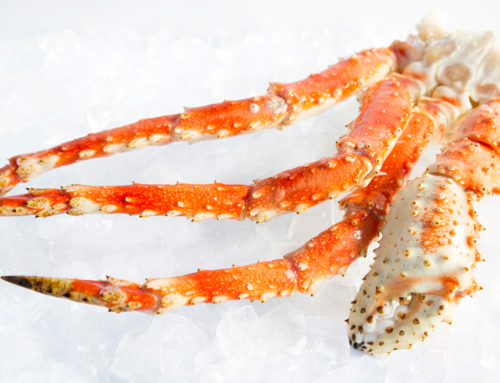When you set out to buy oysters, it’s easy to tell customers to buy the freshest oysters possible from cold water. Unfortunately, it takes more than this to know how to buy the best product. If you’re considering a fancy dinner for you and your friends, read this guide to buying and storing oysters at home before heading out to the fish market.
Buying Your Oysters
The first step in buying oysters is to find a reputable retailer. Look for local seafood markets with a good turnover. The oysters should be on ice when in the store, and they should have a fresh ocean smell. If you can pick them up before purchasing, they should feel heavy for their size. This means they are full of liquid, the natural fluid that keeps the mollusk alive.
If you’re curious about how fresh the oysters are, just ask. By law, all retailers are required to have tags with the oysters’ harvest date.
When buying oysters, purchase only those whose shells are cemented shut. If you purchase them at a local fish market, go through your order by hand to ensure they are all solidly closed. Never eat or buy whole oysters that have already opened. This means they have died and are not safe for consumption. However, sometimes a live oyster will open slightly. To determine if it is still living, give it a few short taps. If it snaps shit, it’s alive. If not, throw it in the garbage.
Storing Your Purchase
If you buy fresh oysters, store them in the refrigerator with the cupped side down (and the flat side facing up). Cover them with a moist towel. Do not store them on ice, as sitting in melting fresh water can kill the mollusk, and do not store in a tight container, as a lack of oxygen will do the same. If you can, use a carboard box, a paper bag, or another porous, open-lid container. If possible, cook and eat your oysters within 24 hours of purchasing.
When is it Safe to Eat Oysters?
Most have heard that oysters should not be consumed year-round. The oft-recited piece of advice is to only eat oysters in months that contain the letter “R”: September, October, November, December, January, February, March, and April. This advice was pretty sound back when oysters were harvested from the wild, rather than farmed.
So, what was the deal with the original advice? Oysters spawn in the summertime, when water temperatures are at their warmest. Traditionally, the season was closed during these months so that the oysters could spawn, but this reproductive phase also rendered the fish soft and rank. Summer red tide levels were also considered during the inception of this advice.
However, modern-day oyster farming has rendered this popular belief moot. Colder waters, where farms are located, produce edible oysters year-round. There are also now stricter environmental regulations, more monitoring, and more accountability. If you want to have an oyster in the middle of July, modern oyster farming has made it possible to do so without worrying about quality.
Ready to prepare and eat your oysters? Use this guide for popular oyster cooking methods.
Take note of our Affiliate Relationships that may exist with this page and companies listed on it.
